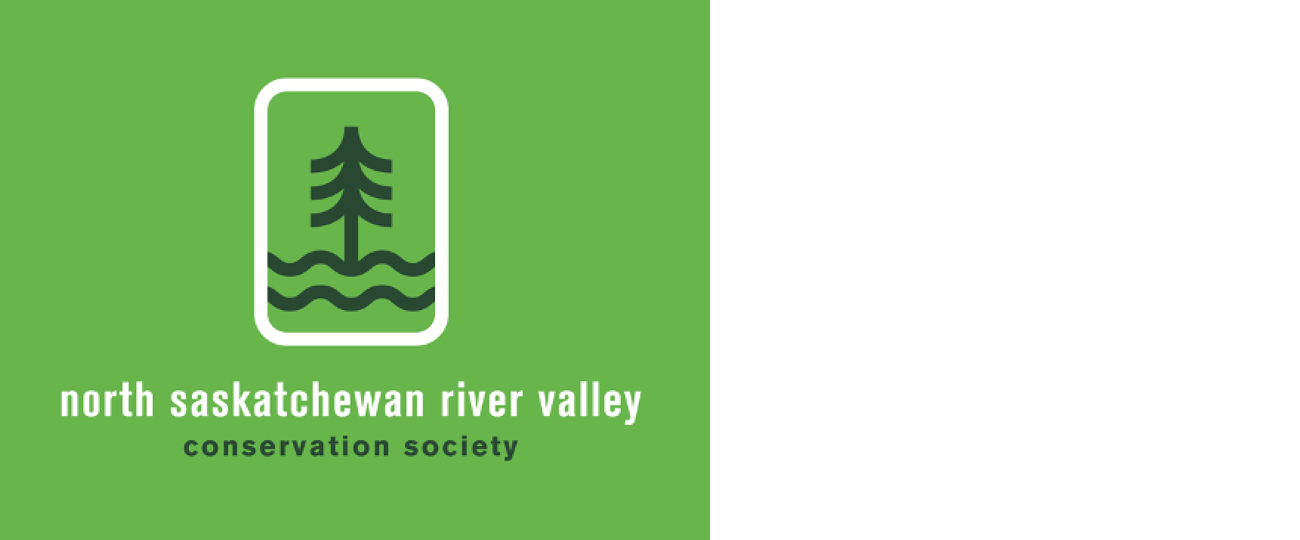Tipis a mobile school on thirteen moons and more
Provincial Archives of Alberta photo
Tipis are a significant part of the historical landscape of Edmonton’s river valley. Often referred to as a women's structure, the Tipi was intrinsically designed to be many structures at once, meeting the many needs of First Nations people.
Being made of readily available materials, like aspen poles and hide/canvas, meant that vast territories could be travelled with ease of mind knowing that wherever stops occurred, shelter could be erected quickly. Using complex architecture, arithmetic and construction processes, the Tipi was designed to not only adapt to changing weather patterns but withstand the fiercest conditions.
Each pole within the Tipi is also connected to a teaching, creation story or other history. In some Nations, the teachings of each pole helped educate youth and others on the thirteen moons, calendars and the cycles of the natural world, making the Tipi a mobile school.
It is important to note that each Nation has a different approach to the Tipi, and there exists diversity between Blackfoot, Cree and Nakota teachings and structures. https://www.edmontonhistoricalboard.com/structures/tipi/
Souped-up cars and motorcycles behind Edmontonian’s sleepless nights
Greg Southam photo
Barbara McKinley used to love Edmonton’s spring and summer. But now, deafening noise from souped-up cars and motorcycles racing down Saskatchewan Drive and Walterdale Hill has taken over her nights, leaving her unable to sleep, open her windows, or spend time outdoors with friends.
Now, alongside fellow longtime Edmonton resident Lida Somchynsky, McKinley is calling for urgent action to curb what they describe as “relentless and deliberate vehicle noise” in their neighbourhoods — disruptions that have made nights unbearable and sleep nearly impossible.
McKinley said the issue goes beyond loud vehicles. Drivers are engaging in disruptive behaviour such as “gunning engines while in neutral, using bridges and overpasses as echo chambers, and stunting, just to inflict excessive noise on the rest of us.”
McKinley believes enforcement tools already exist but need political will to be implemented, citing the need for a “united approach where the government departments, city departments, are also advocating.” https://edmontonjournal.com/news/residents-demand-action-over-vehicle-noise-in-edmonton-neighbourhoods
May 24 ‘Gardener’s Swap and Sale’ is on the horizon!
Whether this is your 1st or 50th year gardening, come find a hidden treasure, learn something new or just have fun talking to your neighbours about flowers. On May 24, 2025, from 8:30 AM – 11:00 AM, there will be a gardener’s swap and sale at Fulton Place Community League.
At a dedicated native plant table, gardeners can swap mature native plants and newly-grown seedlings. Bring any plants (indoor or outdoor), seedlings, perennials, tools, magazines, books, etc. Bring your extras and take away new treasures.
More info at https://www.enps.ca/event-details-registration/fulton-place-gardeners-swap-and-sale
Duets: Sphinx by Robert (Bob) Chelmick, Edmonton Police Service – North East Division https://www.edmontonarts.ca/public-art/duets-sphinx
Comment or Contributions
Please note articles may not reflect the position of NSRVCS. River Valley News is meant to be a clearinghouse for the variety of opinions and ideas about Edmonton’s River Valley.
Email river valley photos, event information, comments, or questions to nsrivervalley@gmail.com
Forward this link to anyone you think may want to sign up for this newsletter https://www.edmontonrivervalley.org/newsletter-signup















